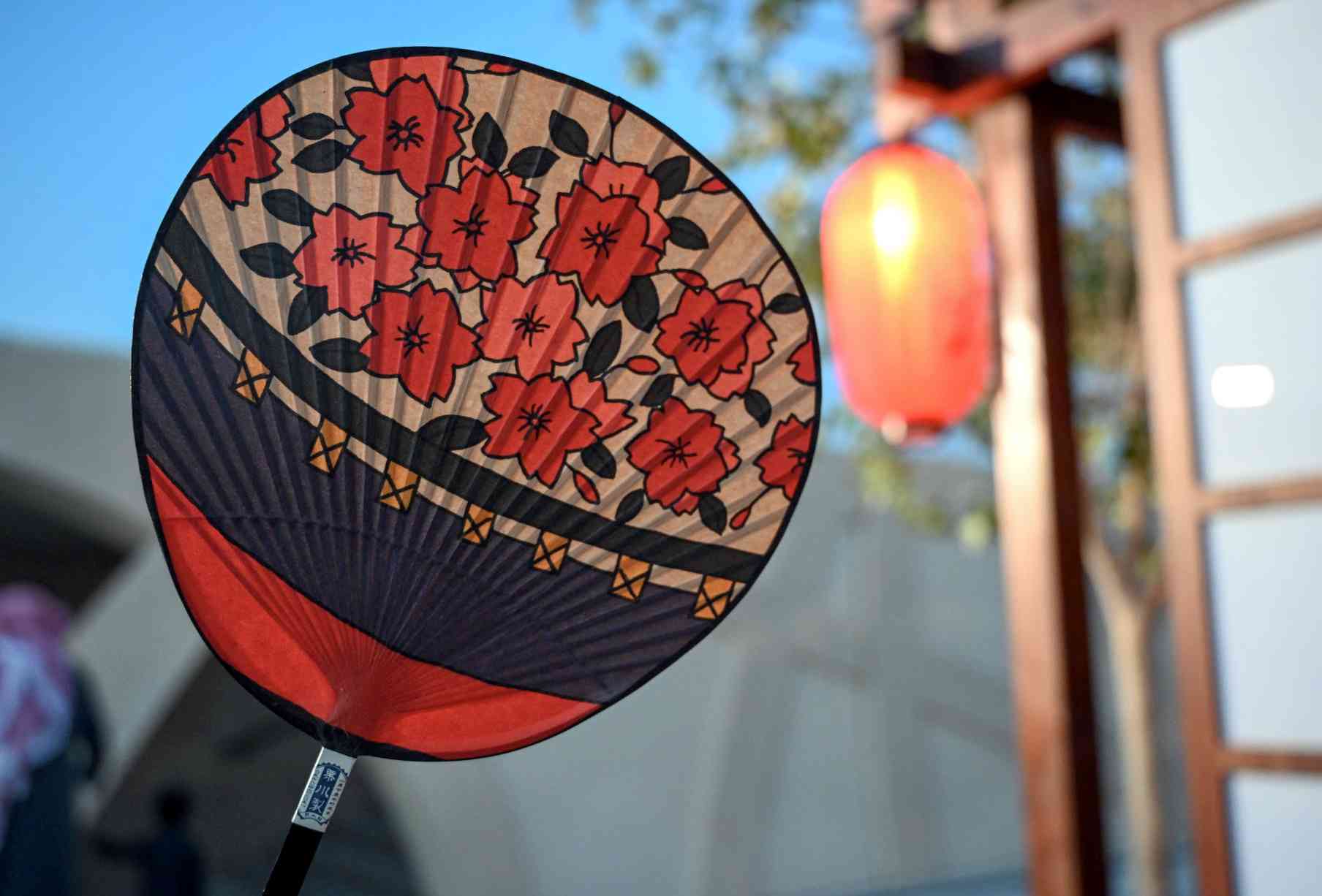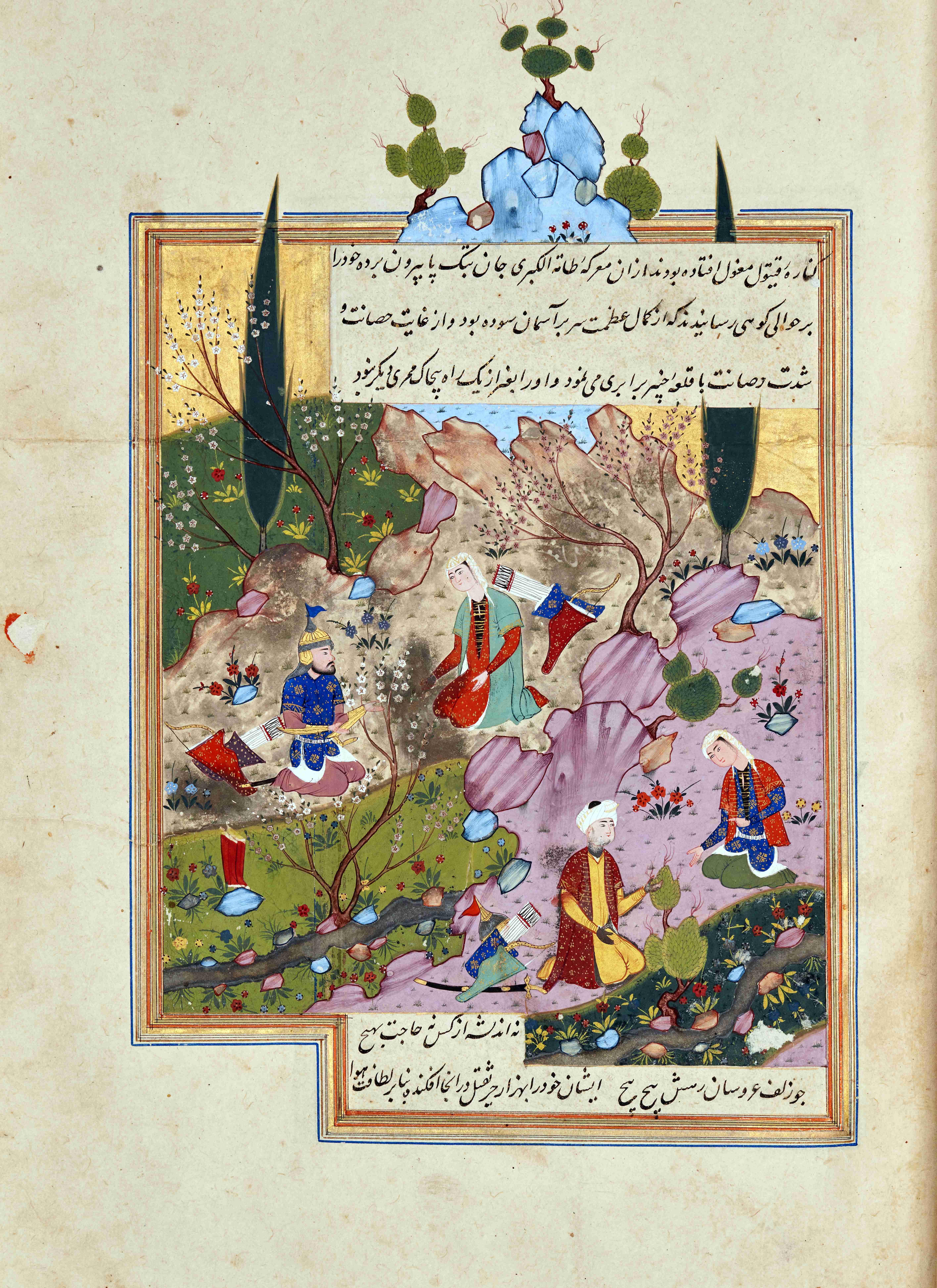Honoring the Mysterious Arabian leopard
Hemprich and Ehrenberg's Felis nimr, 1833. Courtesy of Smithsonian Libraries and Archives via Biodiversity Heritage Library.
On June 12, 2023, to raise awareness about this national icon, the United Nations General Assembly proclaimed February 10 as the International Day of the Arabian Leopard in resolution 77/295, whereby the Arabian Leopard Day was first launched by The Royal Commission of Alula in 2022.
By celebrating this Day, the UN ultimately seeks to restore the Arabian leopard as "a flagship species for conservation and sustainability in its native region while emphasizing the critical role of biodiversity in maintaining the health and resilience of our planet’s ecosystems,” stated the UN website.
For the inhabitants of the Arab region, the Arabian Leopard—known in Arabic as ‘Al-Nimr Al-Arabi’— part of its scientific name ‘Panthera pardus nimr,’ has long represented beauty, tranquillity, physical strength, fearlessness, and freedom. These enigmatic big cats continue to occupy a special place in the collective imagination and narrative; their story is immortalized in mythical stories and even everyday expressions.
A strong and brave man may be called a Nimr or Nimran, and a clever and courageous woman may be called Nimrah.
“I love our nation’s diverse biodiversity, and I am happy that the beautiful and strong Arabian leopard is getting attention as it is like the maestro in the ecological musical team,” said Ahmed Al-Boug, the General Manager of Terrestrial Conservation at the National Center for Wildlife (NCW).
Historically finding itself to roam harsh terrains of dry, rocky mountains and unforgiving sandy deserts, it is no wonder that the Arabian leopard has always been rare as they would need to wander along large territories to access enough prey to sustain themselves.
“Breeding is just one part of our national pride and drive to protect nature and its fauna and flora. We raise awareness, educate the different sides, conduct national campaigns, research, train future field teams and rangers who protect and monitor, and do many different aspects for the success of our nature,” said Al-Boug. “Our people are more aware now and do their best to protect their country’s vast natural habitats.”
Born with light blue or green eyes, the Arabian leopard's eyes often settle on a more sandy-green brown colour as adults, and their fur varies from pale yellow to deep golden, tawny, and patterned with rosettes — often lighter in colour than other leopard subspecies. Known for their tree-climbing abilities, they are the runt of the litter — the smallest of the eight leopard subspecies. Their males weigh around 30 kilograms, and females weigh 20 Kilograms, half the size of their African cousins found on savannas.
Like any animal, the species’ colouring is associated with the specific region where it lives. Therefore, the Arabian leopards display a light-yellow fur that is paler than that exhibited by other subspecies.
One of the first scientific records of the Arabian Leopard was in the early nineteenth century, 1833, when two German naturalists, Wilhelm Hemprich and Christian Ehrenberg, spent nearly five years collecting flora and fauna specimens from the Red Sea area in both Africa and Arabia.
And the world continues to be fascinated by these majestic cats, whereby all-sized cats continue to charm their human companions.


